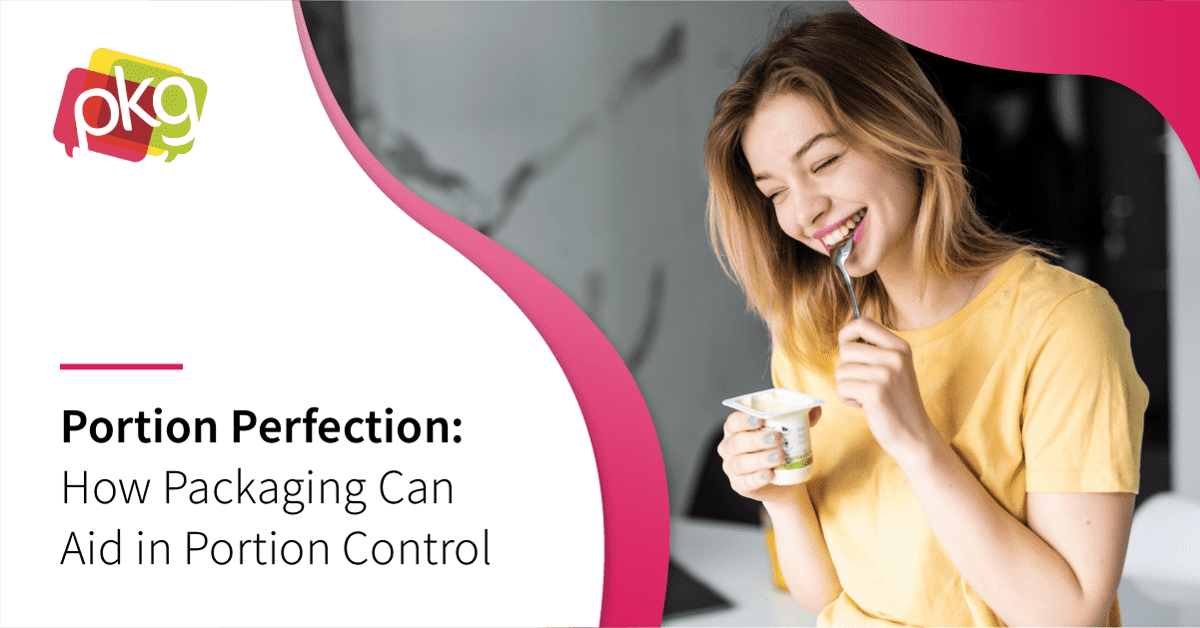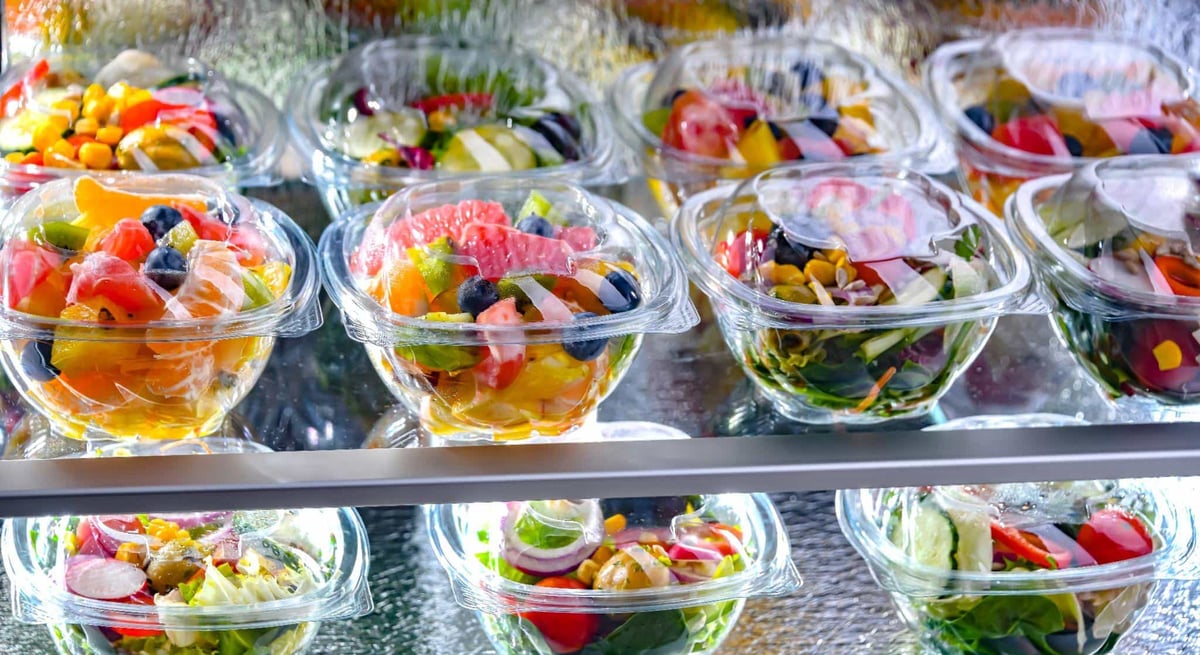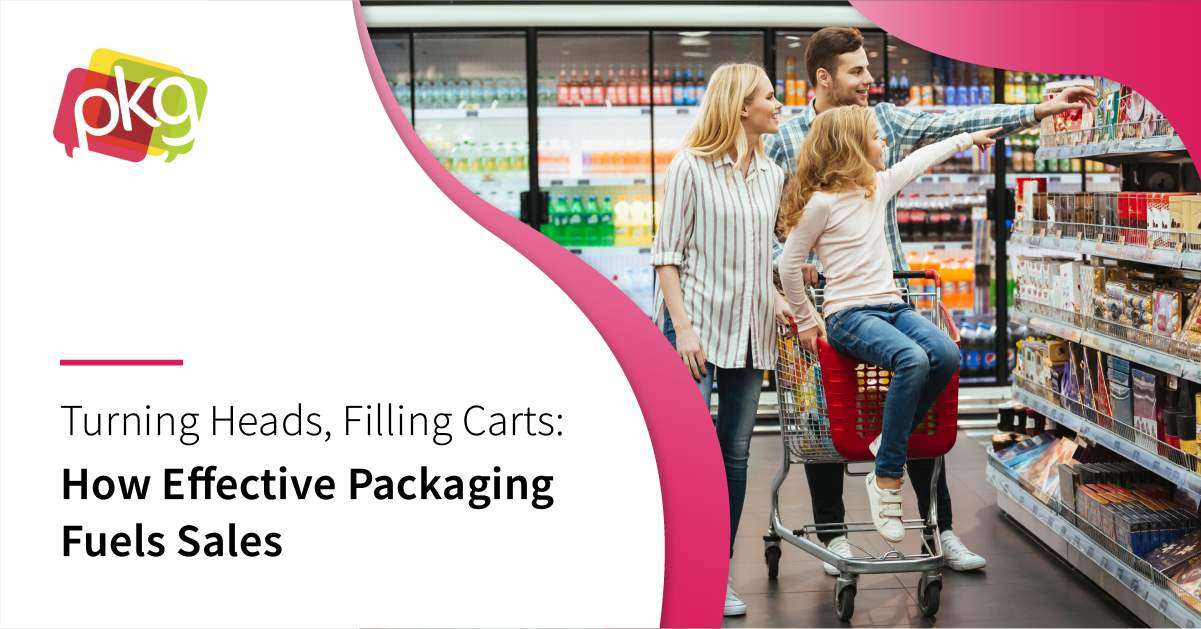
How large should this burger be in order to fit into the bun? How much salad will someone regularly eat in one sitting? Portion control has been used for a long time in fast food situations. Making food items uniform helps workers prepare the items and helps customers know what to expect when they grab takeout.
Today, portion control packaging is becoming even more prominent in the broader consumer market. Single-serving portions are not just convenient: they also help people understand serving size. With a growing number of people eating by themselves, portion control packaging works with the consumer to help them choose healthy portions. The consumer no longer feels compelled to eat the rest of that delicious, family-sized cake in the fridge, because there are no leftovers.
Portion control packaging also reduces the amount of food that is thrown away. For example, a person who is traveling has nowhere to safely store a large bag of salad. A single serving salad allows that person to make healthy food choices and reduces waste.
How can your company use packaging to work with consumer needs, creating portion-controlled packaging that is an inherent part of your package design?
The Problem of Over-Portioning
.jpg?width=1200&height=801&name=2.jpeg-min%20(1).jpg)
Supermarkets often seem like they are made for families, not individuals. There is just so much food in each package. If you’re a single person purchasing cheese, you have to buy an entire block, even though you just need cheese for tomorrow’s sandwich.
About 40 percent of the food produced in America is wasted: that’s 119 billion pounds. Globally, this number is equal to about one-third of the food produced in the world. A huge amount of energy, water, and time goes into producing that food, only to have it end up in the trash. While portion-controlled packaging won’t solve all of the world’s food waste problems, it will prevent individual customers from overlooking that block of cheese that is going moldy in the back of the fridge. Multiple this by millions, and you get a significant positive impact on food waste.
There are also health impacts to over-portioning. Customers who buy delicious food want to eat that food, and it’s a temptation until it is gone. Many of the foods that people find most appealing are high in fat and carbohydrates, and overeating these foods can have significant health impacts.
As you decide whether portion control packaging is right for your business, think of your company as a portion control collaborator, working with consumers to help them reduce waste and improve their health.
The PKG Solution: Consumer First Approach
At PKG Brand Design, we focus on the consumer first. Our unique Consumer First® approach tackles the portioning problem.
Our first and only rule of design is that it must reflect consumers’ needs. By engaging with customers, we create packaging that reflects their changing needs. One of these needs is
simplified packaging design that is arranged in easy portions.
As busy people now frequently treat meals as snacks that occur throughout the day, portion-controlled packaging design facilitates healthy snacking.

Psychological Aspects of Portion Control
Peoples’ relationships with food are complex and emotional, and packaging design trends such as portion control work with these emotions.
Many types of food are considered an indulgence, and consumers have a hard time deciding whether they should purchase them at all. Snack foods such as pretzels or cake are a treat. Making portion-controlled packaging for these foods allows consumers to indulge in that treat without overeating. It subconsciously guides consumers towards healthier portion sizes.
Portion-controlled packages also bring fresh food to more people. Instead of sitting in the fridge, these smaller packages are ready to eat and are replenished quickly. People feel more satisfied with their food choices when the food is tasty and fresh.
This packaging design also reduces consumers’ stress and guilt about the cost of buying a larger food item, a percentage of which may go to waste. It allows them to purchase smaller portions of healthier foods that are commonly sold in larger packaging.
For consumers, portion control is a successful choice on both a practical and emotional level.
Material and Structural Choices
Your packaging design was created for larger portion sizes. It is aesthetically pleasing, effectively targets your consumer market, keeps food free from damage and spoilage. Starting over again can seem like an intimidating task.
What packaging materials and structural choices work well as portion-controlled packaging?
- Pouches keep liquids, purees, and sauces fresh, while reducing overall packaging size. They are portable and allow for each cleanup.
- Items such as jams and jellies are very suspect to microbiological spoilage, so they must be hot-filled in packages that can manage this. These include aluminum foil lamination pouches and thermoformed barrier plastic cups.
- Foods such as ketchup are prone to some spoilage and quality changes due to oxygen, so they must be packaged in aluminum foil pouches that are sealed to minimize oxygen levels.
- Hard-baked goods such as crackers are damaged when they encounter moisture, so they must be packaged in oriented polypropylene film on continuous-motion-flow wrappers.
Every material that you choose must connect with the properties of your product, making it more difficult for the product to spoil. It should also be easy to carry and not easily damaged, since it’s more likely to be thrown into a purse or a backpack.
How Brands Can Implement Portion-Controlled Packaging
If you’ve decided to take the leap into portion-controlled packaging, what are your next steps?
- Listen to your customers. What are their favorite products? How are they using those products? Collection information.
- Find the pain points for your customers. Pinpoint why they need portion-controlled packaging.
- Do they find that your granola bars are too large for younger children? Do they want a snack-sized version of those chips that they can eat them as a side for lunch?
- Look at the products that you create, and consider which ones are the most likely candidates for smaller packaging. What are the properties of each food, and how will it fare in a small package?
- Combine consumer needs and your understanding of your products to develop a portion-controlled packaging that meets those needs.
- Make sure that your choice of packaging keeps your food fresh and safe from damage, and test to see how consumers react to this new product line.
- Reflect on your findings and make adjustments depending on feedback, then prepare for a larger rollout of your product.
Conclusion
Packaging design has to move with the times, and one of the food packaging trends today is portion-controlled packaging. As cultural changes occur and people eat alone, on the go, or in snackable portions, packing needs to change as well.
Portion control helps keep people healthy and reduces food waste. It’s a positive way to react to evolving consumer needs.
At PKG Design, our focus is on adapting to your customers’ needs. Work with us to redefine your packaging design: subscribe to our blog today.







